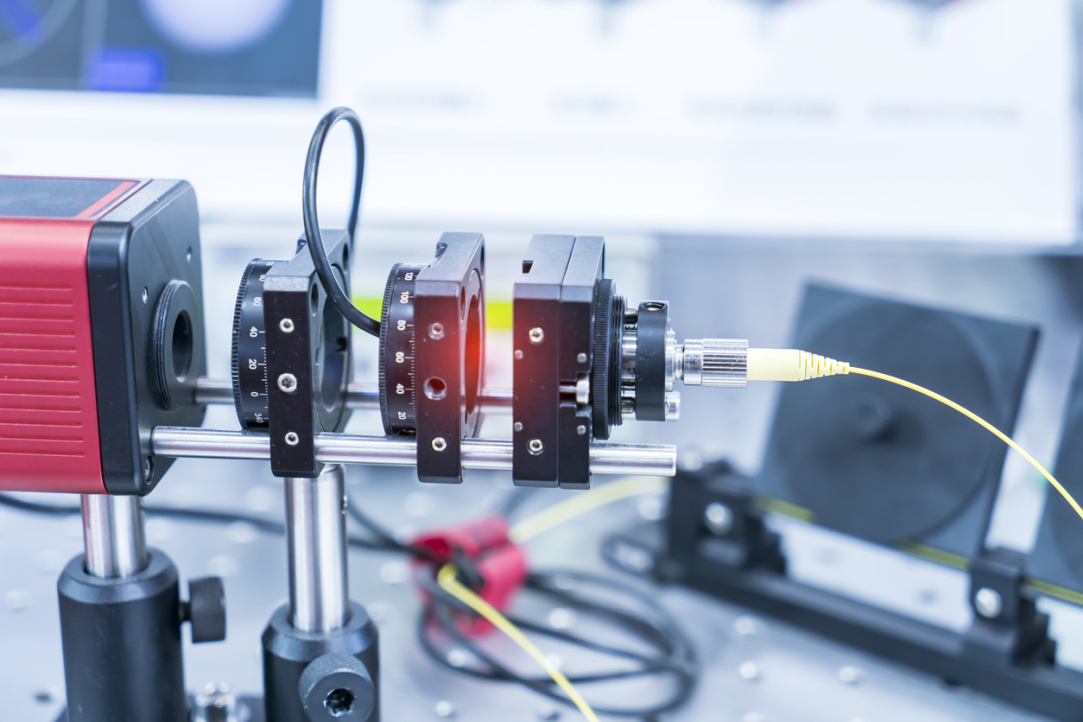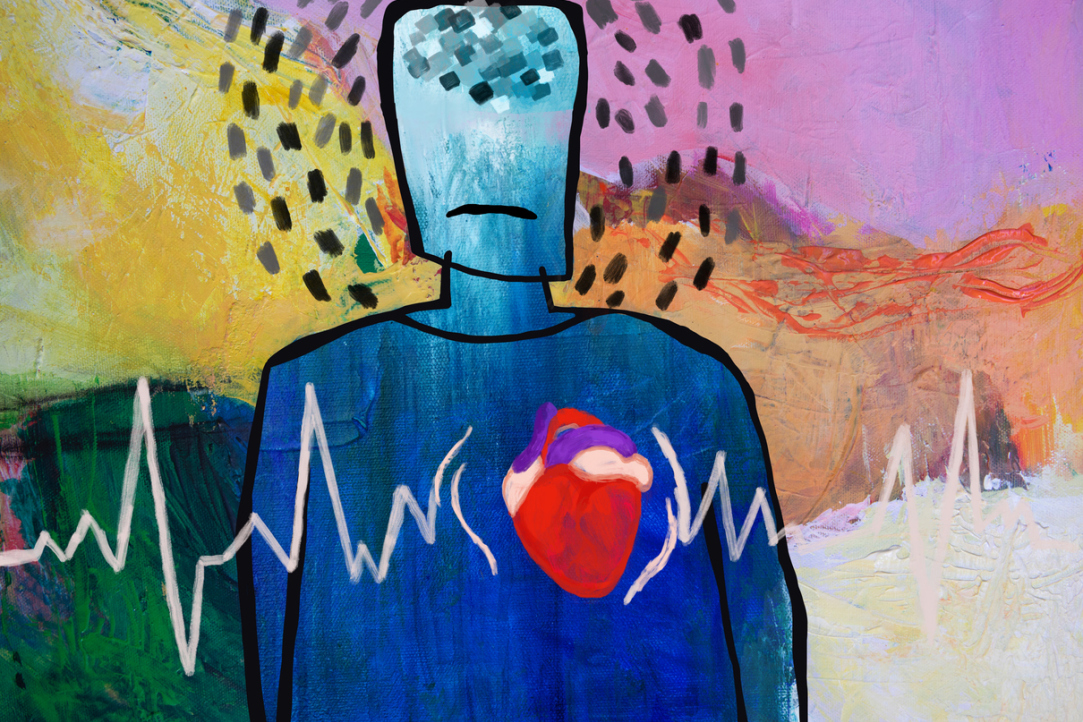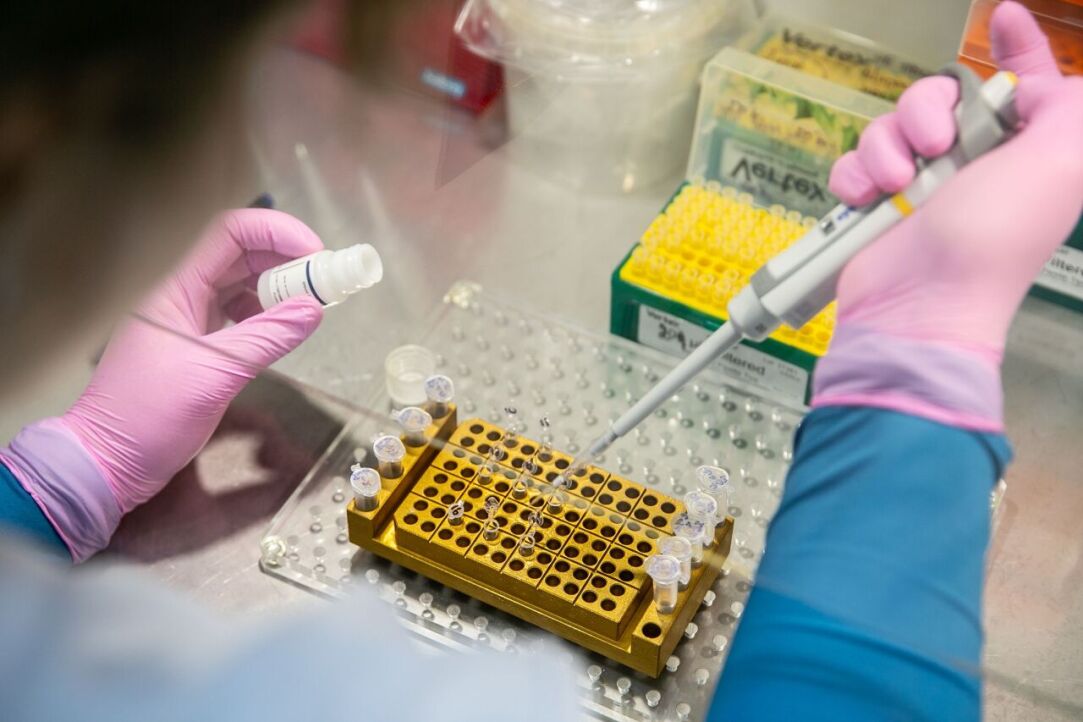Researchers at HSE ISSEK have released the third ranking of megacities based on their innovation attractiveness—HSE Global Cities Innovation Index 2024 (HSE GCII 2024). Moscow ranks ninth, while London, New York, and Tokyo lead the ranking. The top ten also include Beijing, San Francisco, Paris, Shanghai, Los Angeles, and Seoul. In addition to Moscow, 25 other Russian cities are among the top 1,000, including St. Petersburg (73), Novosibirsk (183), and others.




















